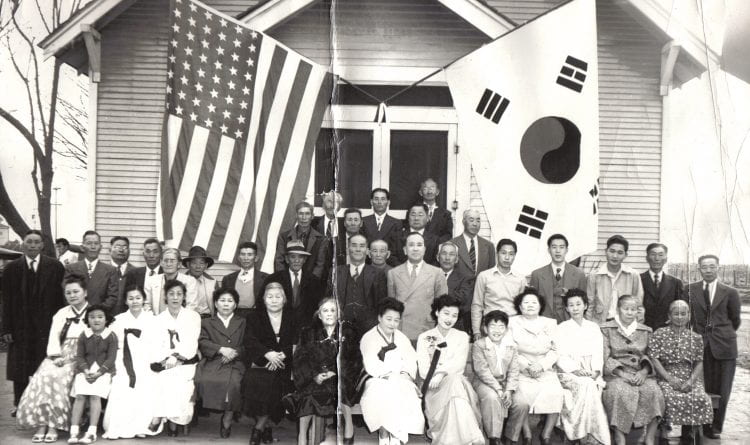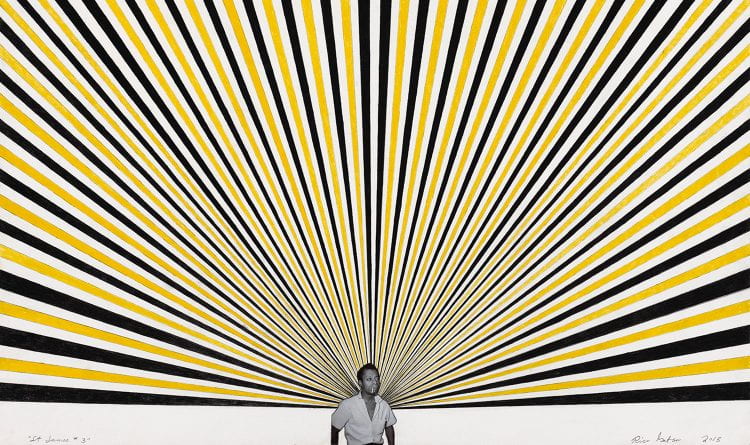“Trees,” by Cheryl Savageau: Audio and Transcript
In her poem “Trees,” French-Abenaki artist and poet Cheryl Savageau remembers how her father taught her to see the world around her—look past the buildings, the cars, the pavement, in order to see the pond, the trees, the land. For her, as for other Indigenous peoples, she says, the land is always first and everlasting. Everything else is temporary. Listen to “Trees” and a short conversation with Savageau: TRANSCRIPT >> CHERYL SAVAGEAU: Trees for my father. You taught me the land so well that all through my childhood, I never saw the highway, the truck stops, lumber yards, the asphalt works, but instead, saw that hills, the trees, the ponds on the south end of Quinsigamond that twine to the tangled underbrush where old cars rested back to Earth and rubber tires make homes for fish. Driving down the dirt road home, it was the trees you saw first. All New England, a forest. I have seen you get out of a car. Breathe in the sky, the green of summer maples. Listen for the talk of birds and squirrels. The murmur of earthworms beneath your feet. When you look toward the house, you had to shift focus as if it was something difficult to see. Trees filled the yard until Ma complained, where’s the sun? Now you are gone. She is cutting them down to fill the front with azaleas. The white birch you loved, we love. Its daughters are filling the back. Your grandchildren play among them. We have taught them, as you taught us, to leave the peeling bark, to lean their cheeks against the powdery white. And hear the heartbeat of the tree, sacred, beautiful companion. >> ASHLEY SMITH: It would be lovely to talk a little bit about that piece and what it means to you. What it is to see the land. >> CHERYL SAVAGEAU: Yeah, I think that line where I realized that my father comes in, comes down the dirt road and he’s in that place and that he actually has to shift focus in order to see the house, and everything else is primary. And I realized also when I was writing it that he had taught me that so that like when I’m, you know, that’s how I see the world. The land is always primary for me. So it’s sort of that background foreground switch that happens. And I didn’t realize that it wasn’t that way for everyone. Because you’re taught a way of being in the world and that was something from my father. >> ASHLEY SMITH: Yeah, I think that’s so powerful and thinking about how, you know, how we are trained in or learn to see the world and what we see first and how that matters in different ways and different contexts. And I’m thinking too about, you know, other places in our world as we’re here in Amherst College where I’m coming to you from where in the Kwinitekw or the Connecticut River Valley and also the home of Ktsi Amiskw, the Great Beaver from Indigenous stories. And where locals also see Sugarloaf Mountain, that’s a great place to go hiking, but what does it mean to see the Beaver first and then the story of hiking as opposed to the other way around? And I think that’s really powerful. >> CHERYL SAVAGEAU: Especially because the Beaver is such a presence and the Valley, at least it is for me. I mean, when you start going up is it Route 116 or 16, I can’t remember the– whatever it is from Route 9, you go north toward Deerfield and you just see the Beaver. I mean, it’s huge and so powerful. >> ASHLEY SMITH: Yeah. >> CHERYL SAVAGEAU: And so in some ways, I know only those of us who know the story see the Beaver. You know? And yet it’s there. And you know that if you turn south, you see the dam, you know, you see the Holyoke Range, which is the only East-West range in the Appalachians. So, yeah, so it’s pretty amazing that we have this story from a really deep time, I think. You see that’s where the huge lake was when the glaciers melted. And people could see that it had been, I’m sure could see that had been a lakebed. Yeah. So it’s amazing to me what, what you can see and what the stories–how the stories that come from the land, you know, tell us about that.






You must be logged in to post a comment.